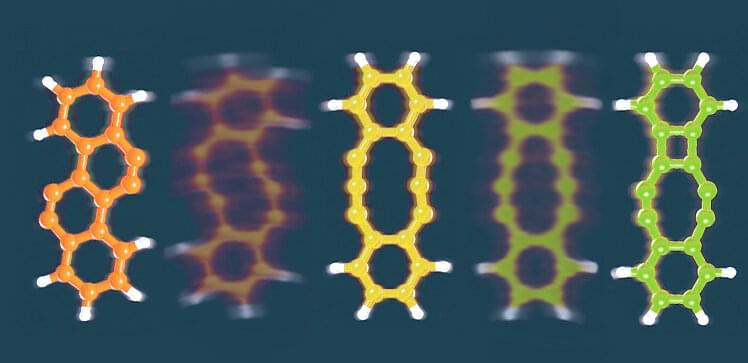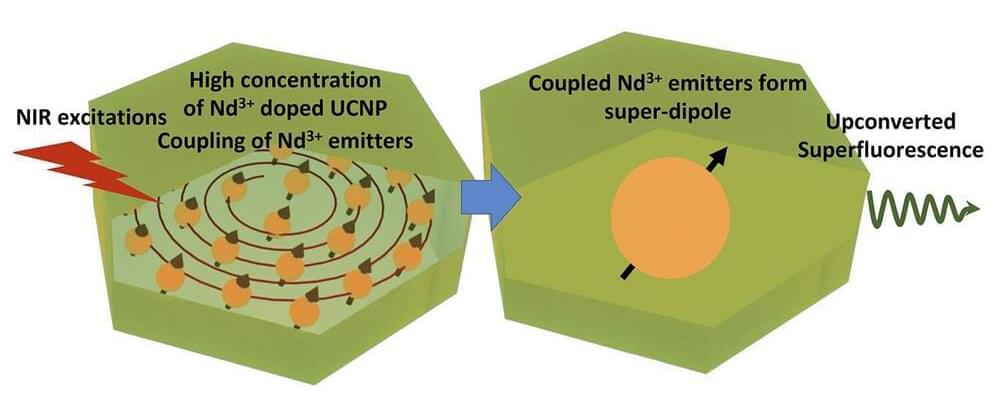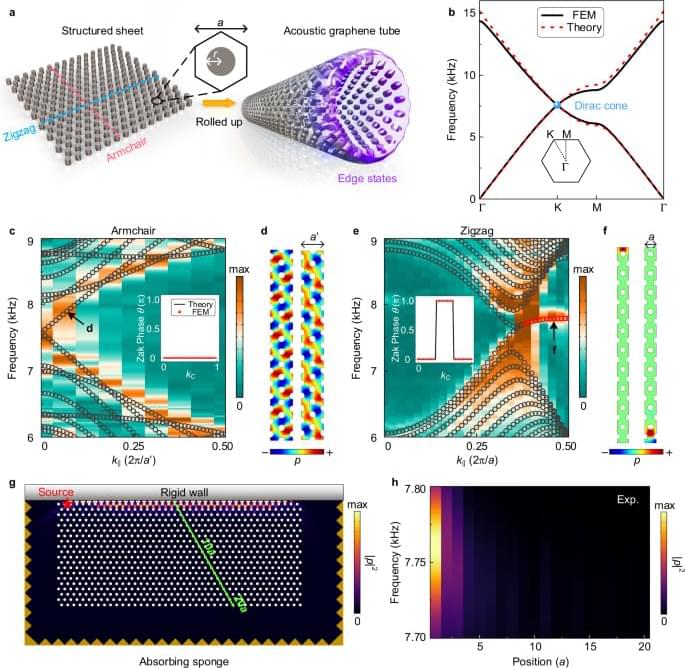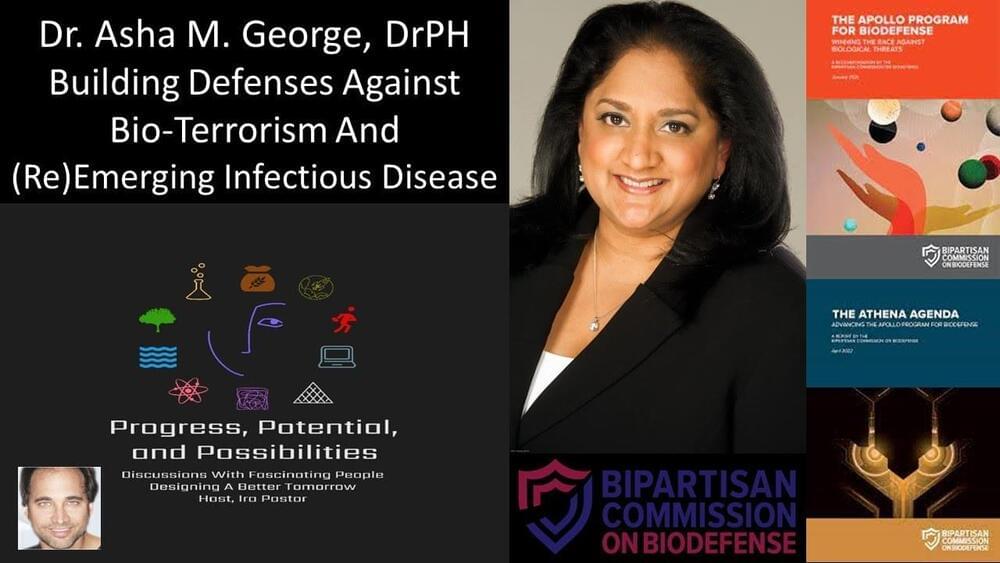Aug 30, 2022
Scientists Have Created Microrobots That Can Automatically Brush and Floss Your Teeth
Posted by Kelvin Dafiaghor in categories: biotech/medical, nanotechnology, robotics/AI
Researchers from the University of Pennsylvania demonstrated in a proof-of-concept study that a hands-free device could successfully automate the treatment and removal of dental plaque and bacteria that cause tooth decay.
In the future, a shape-shifting robotic microswarm may serve as a toothbrush, rinse, and dental floss all in one. The technology, created by a multidisciplinary team at the University of Pennsylvania, has the potential to provide a brand-new, automated method for carrying out the repetitive but important daily duties of brushing and flossing. For people who lack the manual dexterity to efficiently clean their teeth alone, this system could be extremely helpful.
These microrobots are composed of iron oxide nanoparticles with catalytic and magnetic properties. Researchers were able to control their movement and configuration using a magnetic field to either produce bristle-like structures that remove dental plaque from the wide surfaces of teeth or elongated threads that can slide between teeth like a piece of floss. In both situations, the nanoparticles are driven by a catalytic reaction to release antimicrobials that eliminate harmful oral bacteria on site.


















